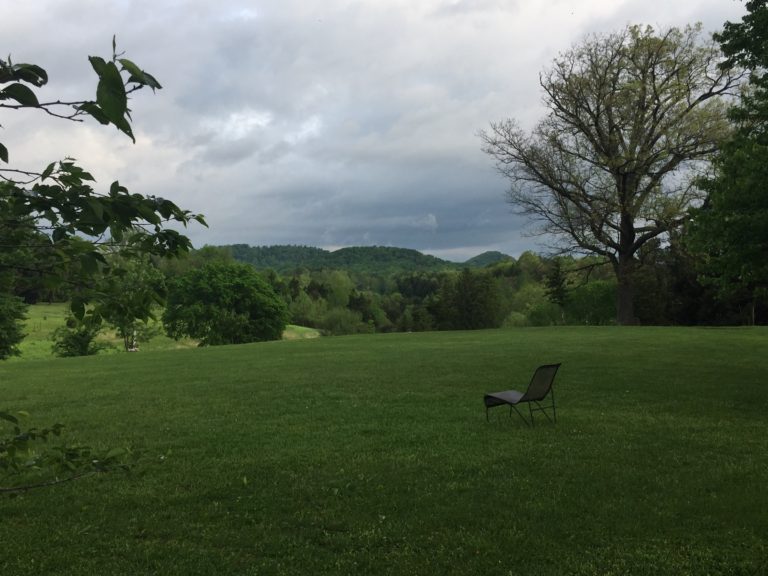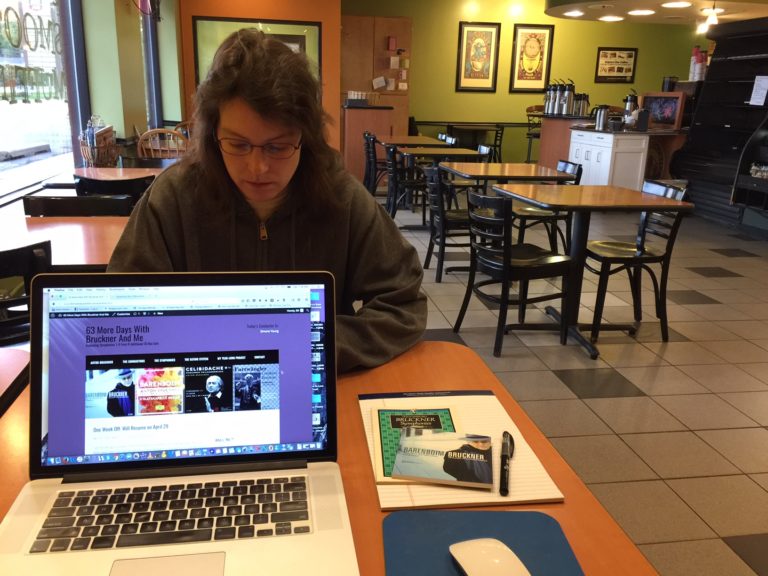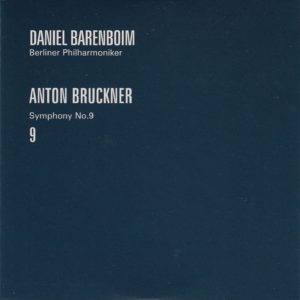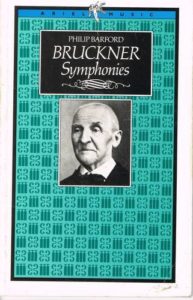Here was my “office” last week, at least on one of the mornings. This picture was taken following an overnight rain shower. By mid day it was sunny again:

My week at the monastery was sublime. I’d live there if I could.
This particular blog isn’t the place to recount my experiences, insights, and research (for a book I’m working on). I hiked in the woods, arose at 3am with the monks, spent untold hours in the library, ate simple, good food, and thoroughly enjoyed the lack of noise – especially talking. (It was, after all, a silent retreat.)

This is my “office” this morning, complete with wife – pretending to not pay attention to me. She’s not silent, of course. (Alas.) And neither is Big Apple Bagels. Music drones from a TV mounted on the wall, the ice machine next to us roars with reckless abandon, the clerks chatter nonstop behind the counter, customers laugh and converse.
You’d be surprised how much noise there is in the world every single day. It’s actually rather deafening.
Anyway…
Today begins a new cycle of Bruckner symphonies: His Ninth, and last.
The last for me, too. After nearly seven months of listening to Anton Bruckner every day, I’m only eight days away from the end of my project.
 As I type these words I am listening to Anton Bruckner’s Symphony No. 9 in D Minor (WAB 109), interpreted by Argentine-born pianist and conductor Daniel Barenboim (1942-), whom I saw conduct the Staatskapelle Berlin in a performance of Bruckner’s Eighth at Carnegie Hall on January 28th of this year.
As I type these words I am listening to Anton Bruckner’s Symphony No. 9 in D Minor (WAB 109), interpreted by Argentine-born pianist and conductor Daniel Barenboim (1942-), whom I saw conduct the Staatskapelle Berlin in a performance of Bruckner’s Eighth at Carnegie Hall on January 28th of this year.
NOTE: I have two Barenboim CD box sets for this leg of my Bruckner journey. The first (which I call the “Blue Box”) is on the Warner Classics label. The second (which I call the “Pink Box”) is on the Deutsche Grammophon label. The performances in the Blue Box were recorded in the 1990s. The performances in the Pink Box were recorded much more recently, 2012 and 2010.
So…alpha by conductor, then chronological by dates of performance.
Because today’s recording comes from the Blue Blox, Barenboim’s orchestra for this performance is the Berliner Philharmoniker. And the music label is Warner Classics, which was awarded “Label of the Year” at the 2016 Gramophone Awards in London last October.
If you want to know what I thought of Maestro Barenboim’s (“Blue Box”) interpretation of Bruckner’s First in this leg of my journey, visit Day 1.
If you want to know what I thought of Maestro Barenboim’s (“Blue Box”) interpretation of Bruckner’s Second in this leg of my journey, visit Day 6.
If you want to know what I thought of Maestro Barenboim’s (“Blue Box”) interpretation of Bruckner’s Third in this leg of my journey, visit Day 11.
If you want to know what I thought of Maestro Barenboim’s (“Blue Box”) interpretation of Bruckner’s Fourth in this leg of my journey, visit Day 17.
If you want to know what I thought of Maestro Bareenboim’s (“Blue Box”) interpretation of Bruckner’s Fifth in this leg of my journey, visit Day 25.
If you want to know what I thought of Maestro Bareenboim’s (“Blue Box”) interpretation of Bruckner’s Sixth in this leg of my journey, visit Day 33.
If you want to know what I thought of Maestro Bareenboim’s (“Blue Box”) interpretation of Bruckner’s Seventh in this leg of my journey, visit Day 41.
If you want to know what I thought of Maestro Bareenboim’s (“Blue Box”) interpretation of Bruckner’s Eighth in this leg of my journey, visit Day 49.
One of the reasons why I love these musical explorations that I impose on myself from time to time is that I enjoy learning. With each symphony, orchestra, box set, music label, conductor, musician, and composer, I learn a great deal that I didn’t know before.
In this case, because today starts a new cycle of symphonies, I get to learn about Symphony No. 9 in D Minor, which – as Nigel Tufnel says – is “the saddest of all keys.”
About Symphony No. 9 in D Minor, its entry on Wikipedia tells us,
Anton Bruckner’s Symphony No. 9 in D minor is the last symphony upon which he worked, leaving the last movement incomplete at the time of his death in 1896; the symphony was premiered under Ferdinand Löwe in Vienna in 1903. Bruckner dedicated it “to the beloved God” (in German, “dem lieben Gott”).
(While it may seem logical to call this work “Symphony in D minor, opus posthumous”, that usually refers to the Symphony No. 0 in D minor.)
Description
The symphony has four movements, although the fourth is incomplete and fragmentary:
I. Feierlich, misterioso (D minor)
II. Scherzo. Bewegt, lebhaft (D minor); Trio. Schnell (F-sharp major)
III. Adagio. Langsam, feierlich (E major)
IV. Finale. (D minor, incomplete)Much material for the finale in full score may have been lost very soon after the composer’s death, and therefore some of the lost sections in full score survived only in two-to-four-stave sketch format. The placement of the Scherzo second, and the key, D minor, are only two elements this work has in common with Beethoven’s Ninth Symphony.
The symphony is so often performed without any sort of finale that some authors describe “the form of this symphony [as] … a massive arch, two slow movements straddling an energetic Scherzo.”
The score calls for three each of flutes, oboes, clarinets in B-flat and A (Adagio only), bassoons, with eight horns (5.–8. Hn. doubling on Wagner tubas), three trumpets in F, three trombones, contrabass tuba, timpani and strings.
There’s a lot more about Bruckner’s Ninth in that Wikipedia article. It’s a fascinating read. So, if I were you, I’d get my fingers to do the walking over to it.
From the very nice booklet in this Barenboim box (liner notes for Symphony No. 9 written by Constantin Floros):
Bruckner had dedicated his Seventh Symphony to Wagner’s patron, King Ludwig II of Bavaria, while the Eighth bears an inscription addressed to the Emperor Franz Joseph I of Austria. But the composer wanted his Ninth Symphony dedicated “to our dear Lord”, to the “majesty of all majesties”…it certainly cannot be denied that Bruckner’s religious convictions are expressed particularly strongly in the Ninth Symphony…it’s not hard to understand why Bruckner’s mysticism has often been mentioned in connection with this symphony.
 From the hard-to-find slim book Bruckner Symphonies by Philip Barford (pages 60, 65):
From the hard-to-find slim book Bruckner Symphonies by Philip Barford (pages 60, 65):
It seems entirely natural and inevitable that Bruckner should have cast his ninth and last symphony int he key of D minor. to lovers of Bruckner’s music, his Unfinished Symphony is a farewell to life, symbolised in the beautiful Adagio, ending in the serenity of E major with quotations from the Adagio of the Eighth Symphony and the opening arpeggio of the Seventh…the first two movements shed an unusual light on the Adagio. There can be no doubt that had Bruckner lived to complete the finale, the relationships between the movements would have been understood in their reciprocity.
The composer toyed with the idea of using the Te Deum as a finale. This might have seem ideologically fitting – it certainly indicates the trend of Bruckner’s mind that he could contemplate such an association between the two works; but it is not aesthetically sound. The Te Deum is in C major, and thus the wrong key in which to end a symphony in D minor. In any case, the Adagio is wholly acceptable as a final word. Its closing mood is a fitting benediction on his career.
Here are the objective aspects of today’s performance:
 Bruckner’s Symphony No. 9 in D Minor (WAB 109), composed 1887–1896
Bruckner’s Symphony No. 9 in D Minor (WAB 109), composed 1887–1896
Daniel Barenboim conducts
Barenboim used the ??? version. No version is listed anywhere that I can see
Berliner Philharmoniker plays
The symphony clocks in at 63:30
This was recorded in Berlin, Germany, in October of 1990
Barenboim was 48 when he conducted it
Bruckner was 72 when he died before completing it
This recording was released on the Warner Classics label
Bruckner wrote his symphonies in four movements. He would have done so this time, as well, but he died before completing the Finale. The time breakdown of this one (Symphony No. 9 in D Minor), from this particular conductor (Barenboim) and this particular orchestra (Berliner Philharmoniker) is as follows:
I. Feierlich, misterioso………………………………………………………………………….23:23
II. Scherzo. Bewegt, lebhaft; Trio. Schnell………………………………………………………………………………………………….10:29
III. Adagio. Langsam, feierlich………………………………………………………………………………………………..27:17
IV. Finale: None……………………………………………………………………………………00:00
Total Time: 63:30
Okay. Now, here are the subjective aspects:
My Rating:
Recording quality: 5
Overall musicianship: 5
CD liner notes: 5 (a heavy booklet, 1/4-inch thick with lengthy essays translated into English, French, German, and what appears to be Portuguese)
How does this make me feel: 5
This is a poignant, majestic, spiritually rewarding symphony – perhaps all the more so because it is unfinished. The what-ifs and what-could-have-beens add a wistfulness to Bruckner’s Ninth.
In the hands of Maestro Barenboim, the Ninth is a powerful beast that roams far and wide. The Scherzo, alone, is enough to get the heart pumping. But then the spirit soars to the heavens at the end of the Adagio.
This is a very fine recording, played to perfection.
I doubt I have heard better.
Parts of this symphony deeply move me; seriously, nearly to the point of tears. The emotion in these notes is palpable. This sounds like the final symphony of a man who knew it was his final symphony. Bruckner poured out his heart in these three movements.
This is a “Huzzah!” performance if there ever was one.
Thankfully, no technical problems befell the Ninth that plagued Track 4 of the Eighth. (See Day 49 for more information about the mastering problems I experienced with CD 8, Track 4.)
This Barenboim box set is one I heartily recommend. Every performance was well recorded, deftly conducted, and expertly played.
My one niggling complaint about this Warner Classics recording is that no version is listed. I don’t know what Barenboim is playing. No edition (Nowak? Haas? Carragan?). No version. That bugs me. I want to know what Barenboim used for his source material. Alas…

Hi Bill,
Welcome back!
Barenboim uses the Original version edited by Novak. You can find all his preferences here:
https://www.abruckner.com/recordings/Barenboim/Daniel
And a LOT more about Anton here:
https://www.abruckner.com
Thanks, Niklas!
I love the abruckner.com site. Lots and lots and lots of information there. I think I’m going to become a member.
Thank you for letting me know which version Barenboim used for the recording today. I wonder why that information wasn’t printed in the liner notes or on the back of the CD sleeve?
Regardless, I’m grateful to the Bruckner Society people for posting the information, and I’m glad you let me know, too.
Thanks for reading!
Bill